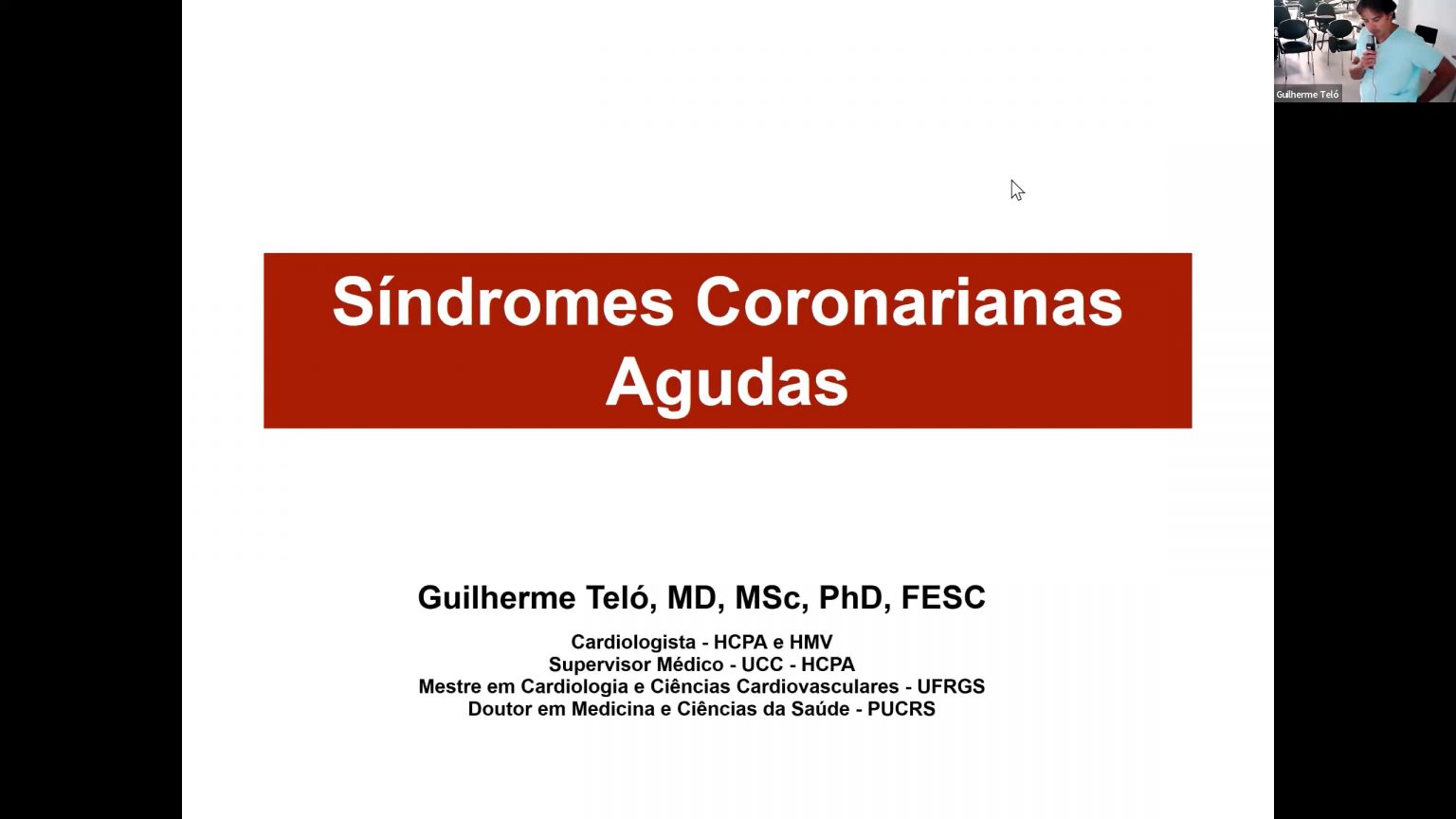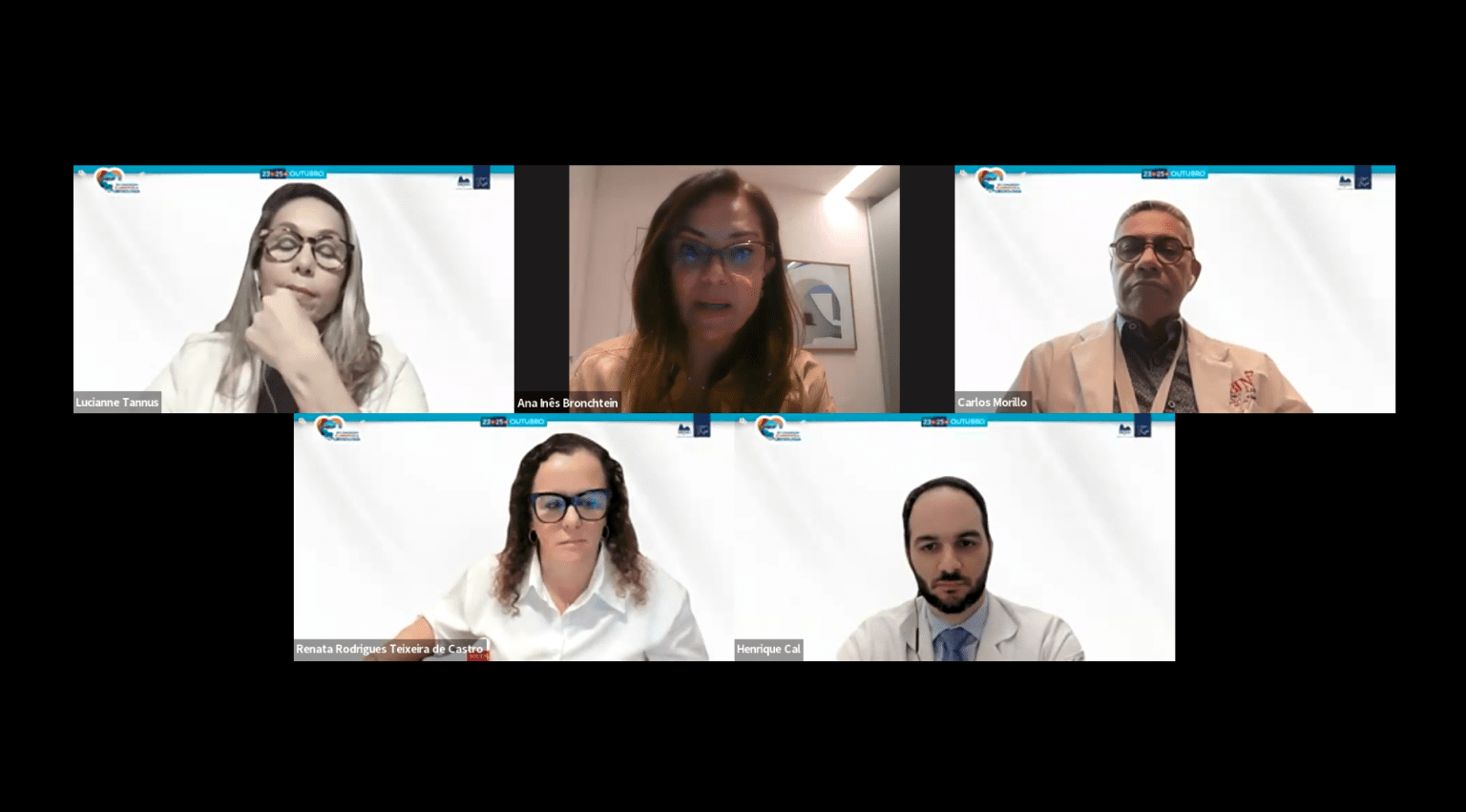Artigo
The 2016 Diastolic Function Guideline
INTRODUÇÃO
Determination of diastolic function is an integral part of an echocardiography examination, especially in patients with symptoms of heart failure. To standardize the evaluation of diastolic function, the
American Society of Echocardiography (ASE)/European Association of Cardiovascular Imaging (EACVI) diastolic function working group published recommendation guidelines in 2009 and 2016 (1). In the 2009 guideline, 9 parameters were listed in 3 algorithms; and in the 2016 guideline document, 4 primary parameters were recommended for initial evaluation: early diastolic mitral annulus velocity (e’), ratio between early diastolic mitral inflow velocity (E) and e’ (E/e’), left atrial volume index (LAVI), and tricuspid regurgitation (TR) velocity. The 2016 guideline recommended 2 separate algorithms: algorithm A for patients with preserved left ventricular ejection fraction (LVEF) ($50%) and unknown diastolic function, primarily for separating normal from abnormal diastolic function; and algorithm B for patients with reduced LVEF (<50%) or with preserved LVEF and known or suspected diastolic dysfunction (DD), designed for estimating left ventricular (LV)
filling pressure and grading diastolic function. The 2016 guideline emphasized the specificity for detecting DD. In selected patients who were referred to cardiac catheterization, assessment of filling pressure according to the 2016 guideline was shown to be reliable and interobserver variability was excellent (2). However, its sensitivity for detecting DD (especially grade 1) markedly decreased. Almeida et al. (3) showed that the incidence of DD in 1,000 individuals (mean age of 62 years) was 1.4% based on the 2016 guideline compared to 38.1% based on the 2009 guideline.
Compartilhar em:
Comentários
Cursos Relacionados
0
Conteúdos Relacionados
Comentários
Deixe um comentário Cancelar resposta
Você precisa fazer o login para publicar um comentário.












